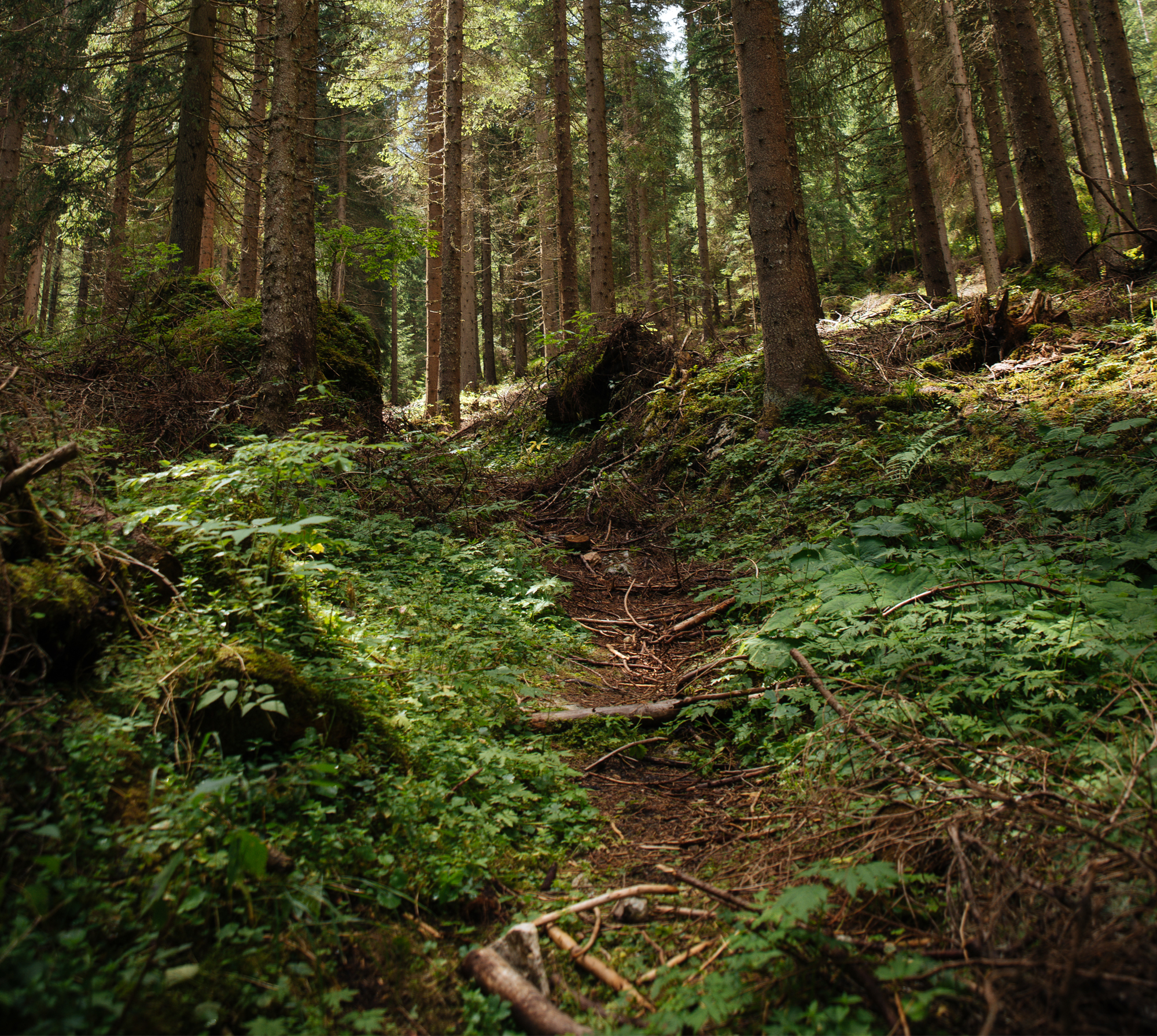
Review of the most important fungal diseases occurring in forest nurseries in Poland in 2012–2021
Autorzy
-
Miłosz Tkaczyk
Forest Research Institute, Department of Forest Protection,
Sękocin Stary, Braci Leśnej 3, 05-090 Raszyn, Poland
e-mail: M.Tkaczyk@ibles.waw.pl -
Katarzyna Sikora
Forest Research Institute, Department of Forest Protection
Sękocin Stary, Braci Leśnej 3, 05-090 Raszyn, Poland -
Szmidla Hanna
Forest Research Institute, Department of Forest Protection
Sękocin Stary, Braci Leśnej 3, 05-090 Raszyn, Poland -
Tomasz Jabłoński
Forest Research Institute, Department of Forest Protection,
Sękocin Stary, Braci Leśnej 3, 05-090 Raszyn, Poland
Abstract
The research conducted on the occurrence of fungal diseases in forest nurseries in Poland from 2012 to 2021 revealed significant insights. The study focused on tracking the trend in the change of disease areas and providing a comprehensive summary of each disease in terms of symptoms, host plants, and weather conditions. The findings highlighted the critical role of forest nurseries in rearing and producing tree seedlings for reforestation, emphasizing the need to limit pathogen spread to ensure the production of healthy and resistant seedlings. The analysis identified the most common fungal diseases, such as powdery mildew, needle-cast of pine, and their impact on various tree species. The study also emphasized the influence of climatic conditions on the development and spread of these diseases. Additionally, the research underscored the importance of adhering to hygiene rules, using high-quality seeds, and providing proper irrigation, aeration, fertilization, and weed control to mitigate the influence of abiotic factors on forest nurseries. The data from the annual monitoring of forest nurseries indicated a decreasing trend in the damaged area caused by pathogens, although the occurrence of diseases varied in intensity, potentially related to weather conditions. Overall, the study provided valuable insights into the incidence of fungal diseases in forest nurseries and highlighted the significance of monitoring and addressing these diseases to ensure sustainable forest management.
| DOI | 10.2478/ffp-2025-0003 |
|---|---|
| Source | Folia Forestalia Polonica, Series A – Forestry, 2025, Vol. 67 (1), 23–34 |
| Print ISSN | 0071-6677 |
| Online ISSN |
2199-5907 |
| Type of article |
Review article |
| Original title |
Review of the most important fungal diseases occurring in forest nurseries in Poland in 2012–2021 |
| Publisher | © 2025 Author(s). This is an open access article licensed under the Creative Commons Attribution-NonCommercial-NoDerivs License (http://creativecommons.org/licenses/by-nc-nd/4.0/) |
| Date | 10/03/2025 |
- Vysotska N., Khromuliak O., Borysenko O., Rumiantsev M., Yashchuk I., Kipran O. Comparing the effectiveness of random forest and generalized linear models in predicting ungulate browsing impact on Kyiv Polissya’s young pine forests
- Baranowska M., Baturo-Cieśniewska A., Hauke-Kowalska M., Łukowski A., Korzeniewicz R., Marcin Zadworny M., Kowalkowski W. Cherry spruce rust in the Wigry National Park and Suwałki Forest District: cone infestation and its implications
- Tkaczyk M., Sikora K., Hanna S., Jabłoński T. Review of the most important fungal diseases occurring in forest nurseries in Poland in 2012–2021
- Lech P., Hildebrand R., Małachowska J. Forest monitoring in Poland: legal foundations and scope of the programme
- Bańkowski J. The role of silviculture in British Columbia forest management

